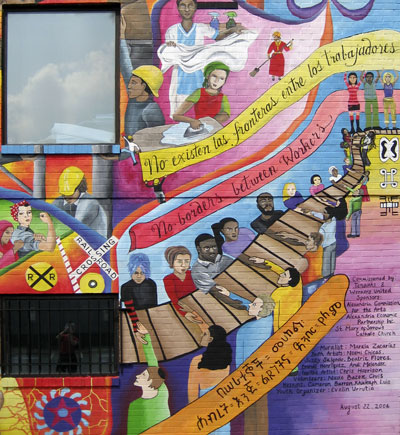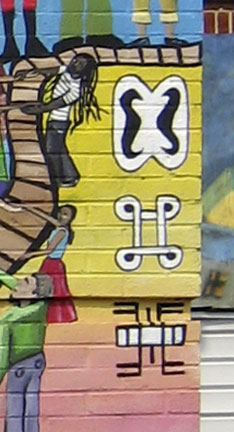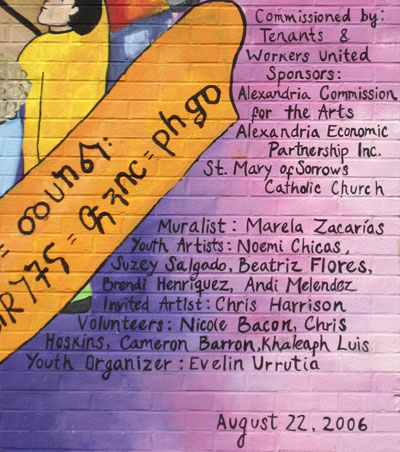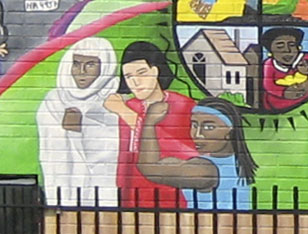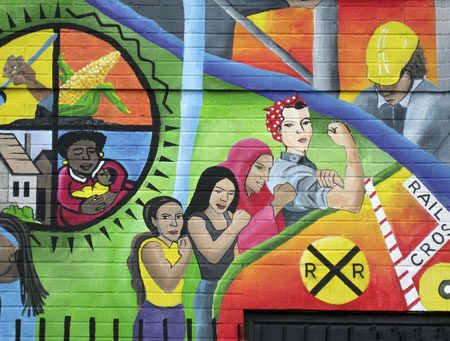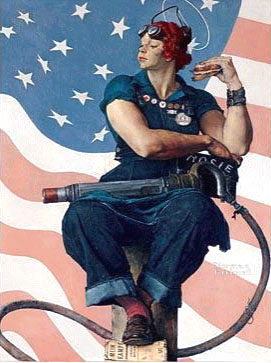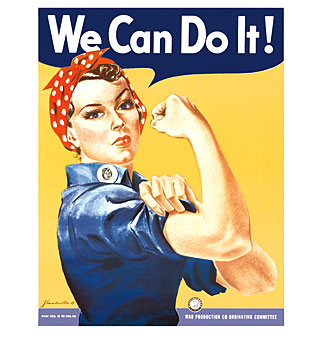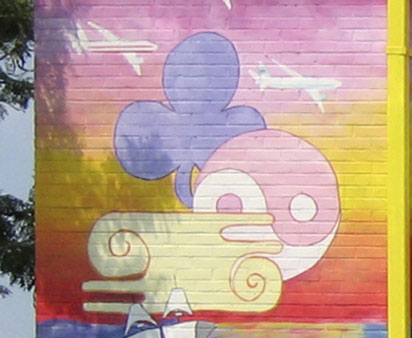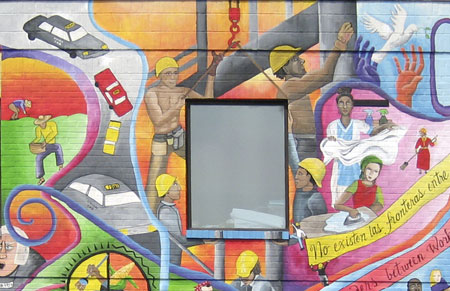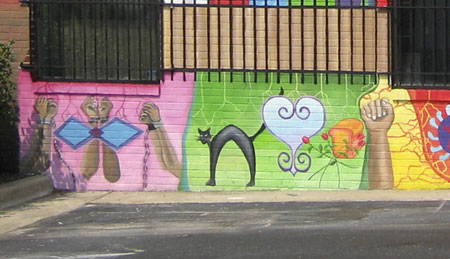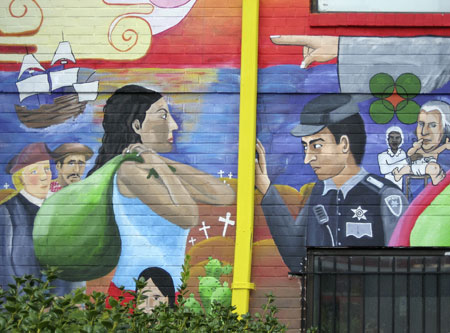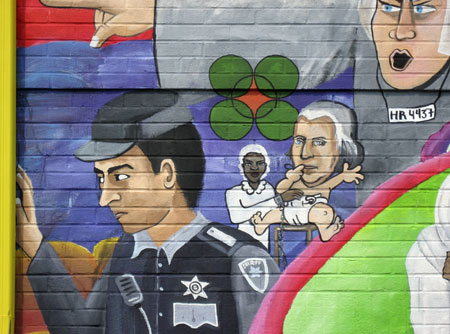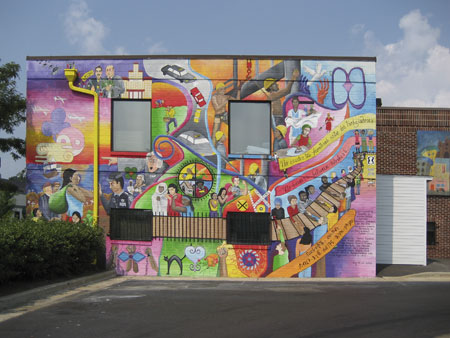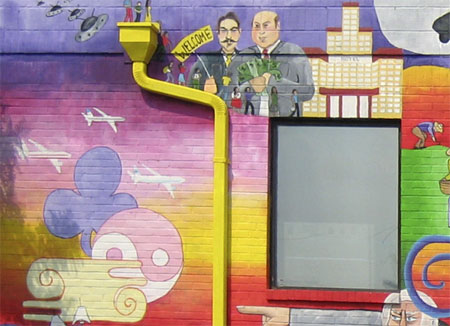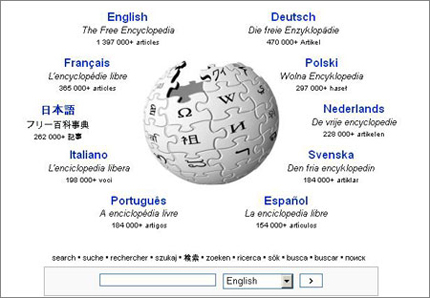
“According to Wikipedia” is a phrase that is starting to precede pronouncements quite a lot in blogs, and it’s one that disturbs me.
I’m something of an information junkie. A former significant other once said to me, “All you care about is facts.” Not true, as a matter of … well … fact, but it’s true that I like to learn new things and gather new information, even if I don’t necessarily remember much of it two days later. So yes, I certainly do like facts, along with philosophies and opinions, but I like those facts to be correct—in other words, to be facts. I like information, not misinformation.
The idea behind wikis is wonderful—a resource to which anyone can contribute and that anyone can edit. And the idea behind wikis is horrifying—a resource to which anyone can contribute and that anyone can edit. Anyone. I suspect that Stephen Hawking isn’t whiling away his spare time contributing to Wikipedia. Contributors are more likely to be people like me, a thought I find very scary.
I don’t think Wikipedia existed several years ago, when I was teaching at a local community college, but if it had, my students would have been quoting it right and left, since a not insignificant number of them believed—in spite of my regular rants—that if it was on the Internet, it was true.
Misinformation, presented with authority, takes hold very easily. Think Piltdown Man, a hoax that held strong for 40 years. Think the supposed several hundred Eskimo words for snow, a debunked but still much-believed piece of misinformation. (To be fair to the Wikipedia article, it doesn’t perpetuate the Eskimo snow myth.) Think about the body of opinion that says the Holocaust never happened. Think about all the people who buy the Weekly World News because they actually believe what it prints.
Then think of the Internet, which spreads its reach a hell of a lot farther than the junk tabloids you can pick up at the checkout line in the grocery store.
People have a tendency to imprint on the first thing they read or hear. I’m no exception. It’s very hard to let go of that first belief, and I suspect many people don’t. So erroneous beliefs get passed on, then they become “reality” and “fact.” Wikipedia, for many people, is the stamp of approval on content. Hey, it says it’s an encyclopedia.
All of the above is not to say that I never look at Wikipedia. Sure, I look, and I find a lot of useful information and links, but I check anything I find there against other sources and look for other opinions, just the way I was taught, back in my student days when we had those heavy paper things that were such a bother to schlepp around—what were they called? Oh yes, books. I remember learning that some of those contained suspect scholarship.
So anyway, what is my point (I know I had one)? I guess it’s that it doesn’t hurt to practice skepticism and to teach our young people not to believe everything they read unless they are very, very sure of the body of scholarship behind it.



 Posted by Judith
Posted by Judith 